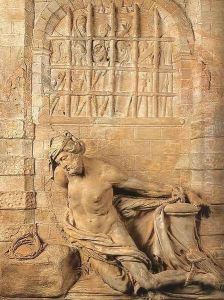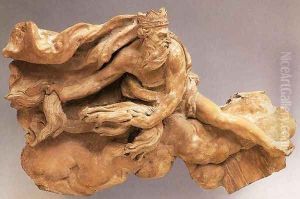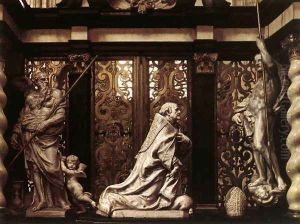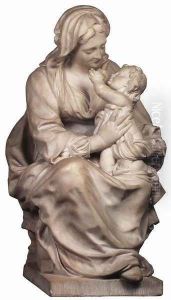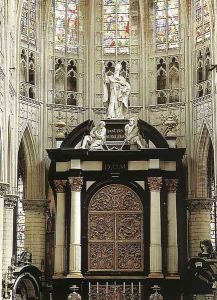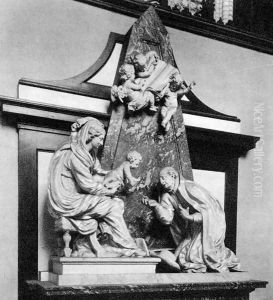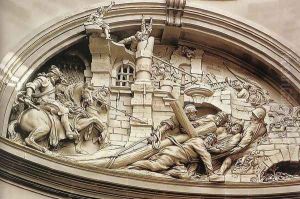Luc Faydherbe Paintings
Luc Faydherbe was a prominent Flemish Baroque sculptor and architect who played a significant role in the development of Baroque art in the Southern Netherlands during the 17th century. Born in Mechelen, a city renowned for its artistic heritage and as a center of wood carving, Faydherbe was deeply influenced by the artistic environment of his hometown. He initially trained under his father, Hendrik Faydherbe, a sculptor and woodcarver, which laid the foundation for his later works. His talent and skill were recognized early on, and he further honed his craft by studying in Rome, which was a common practice among artists of his time seeking to perfect their artistry by learning from the ancient masters and contemporary Italian artists.
Upon returning to Mechelen, Faydherbe quickly established himself as a leading figure in the local art scene. His works spanned both sculpture and architecture, showcasing his versatility and mastery over different mediums. As a sculptor, he is best known for his religious sculptures, which were characterized by their dramatic expressions and dynamic forms, capturing the essence of the Baroque spirit. His works often featured intricate details and a deep sense of emotion, reflecting the intense spiritual fervor of the Counter-Reformation period. Among his most notable sculptures are the statues of saints and figures for various churches in the Southern Netherlands, which are celebrated for their lifelike qualities and expressive intensity.
As an architect, Faydherbe made significant contributions to the Baroque architecture of his region. He was responsible for designing several important buildings in Mechelen and beyond, infusing traditional architectural forms with the dynamism and grandeur typical of the Baroque style. His architectural works are characterized by their bold use of space and light, creating dramatic effects that enhanced the spiritual and emotional impact of the structures.
Throughout his career, Luc Faydherbe remained deeply connected to his hometown of Mechelen, contributing significantly to its cultural and artistic legacy. His works continued to influence generations of artists in the Southern Netherlands, securing his place as one of the key figures in the development of Flemish Baroque art. Faydherbe's legacy is preserved in the many sculptures and buildings that bear his mark, serving as enduring testaments to his artistic genius and the vibrant cultural era in which he lived. He passed away in Mechelen in 1697, leaving behind a rich body of work that continues to be admired for its emotional depth, technical excellence, and artistic innovation.
